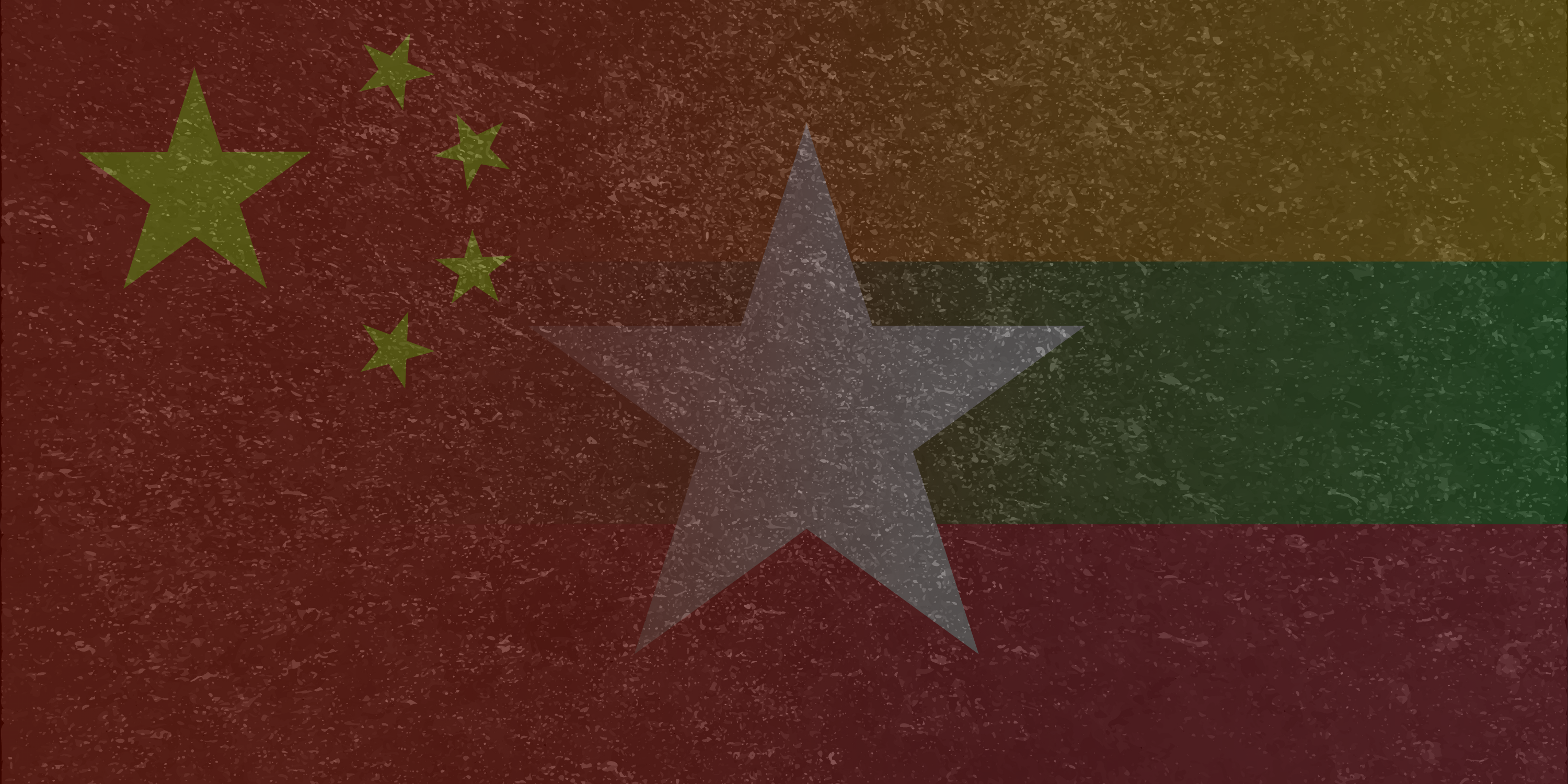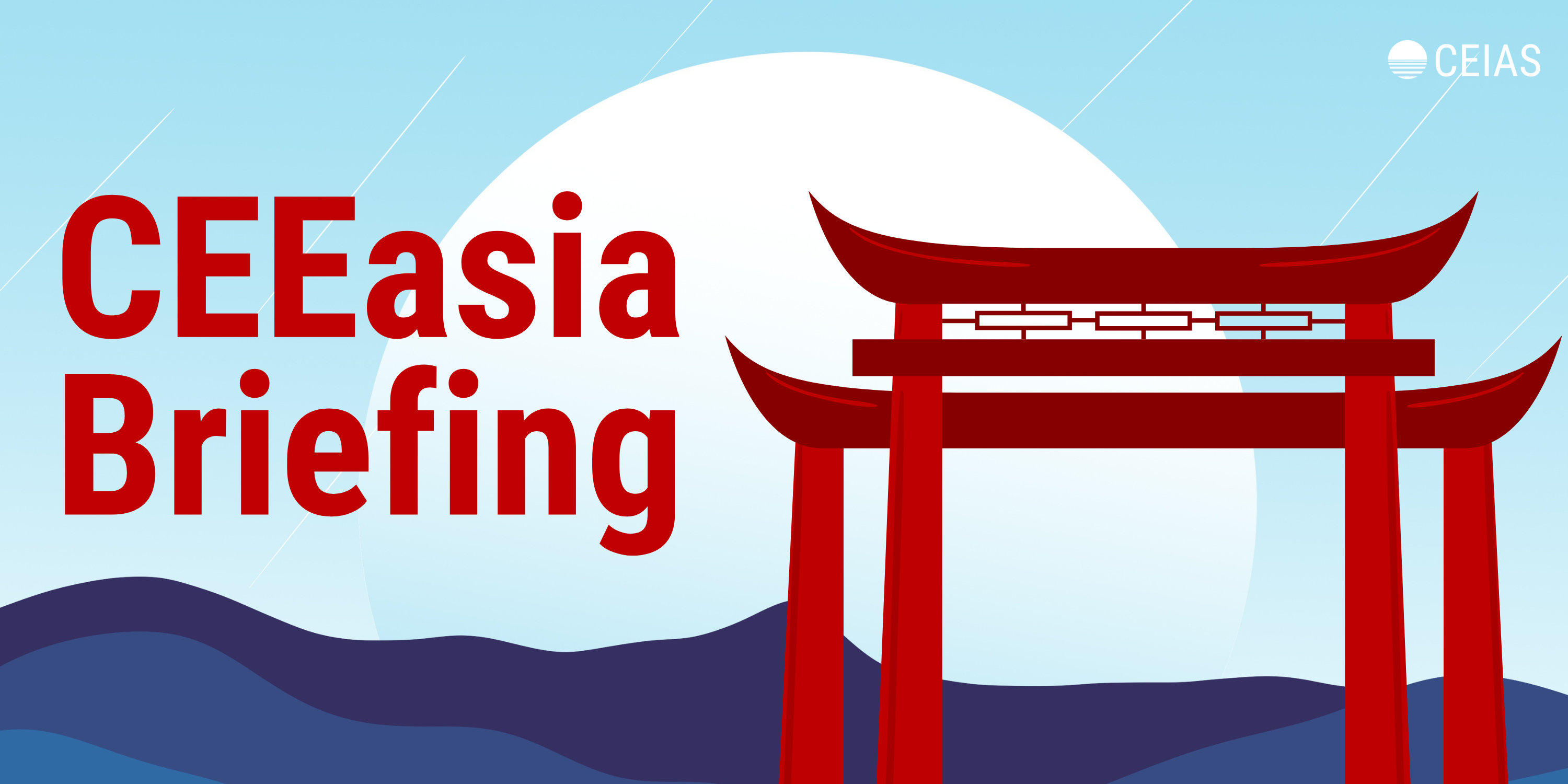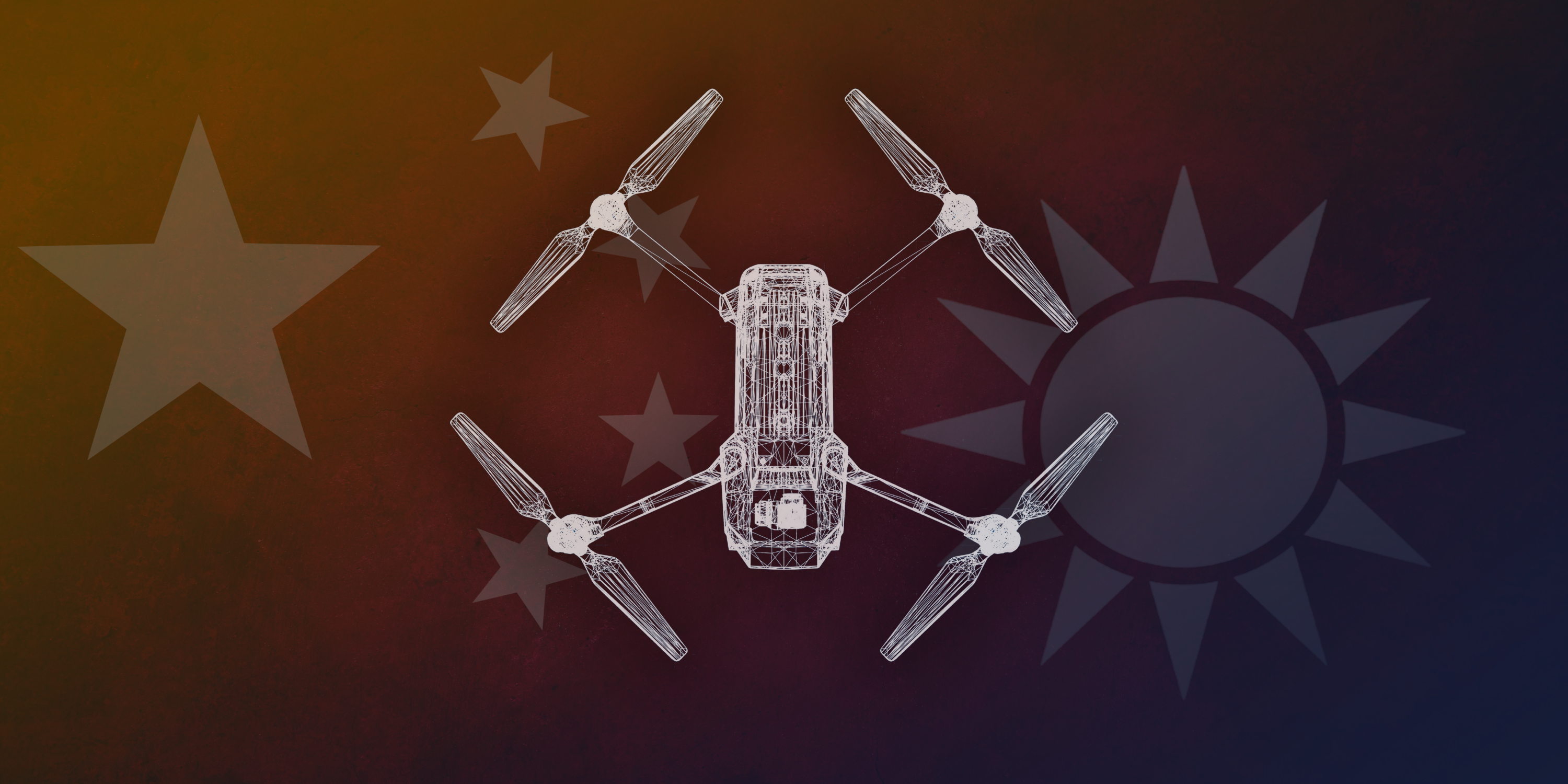China’s ongoing peace efforts in Myanmar will not last long if Beijing continues to disregard important structural issues.
Key takeaways:
-
China’s attempt to intervene in the Myanmar conflict neither considers longstanding conflict dynamics nor strives to solve them.
-
Beijing’s method of peacebuilding—forcing stakeholders to sit around a table and then pushing them to agree to immediate ceasefires—is not sustainable and so far has not worked.
-
Chinese investments have caused social and environmental disruption in Myanmar and a new wave of Chinese projects could escalate the existing tensions.
Listen to Beijing, and China is a neutral, passive party in the ongoing Myanmar conflict whereas Western states that condemned the military coup of 2021 and the junta’s ongoing atrocities are interventionist and interfering. The reality, though, is somewhat different. In June, for instance, the junta received six patrol boats and a newly-constructed disease control center from China. Chinese state-controlled tech companies are accused of helping the military regime with internet censorship and biometric surveillance. In November, Min Aung Hlaing, the junta chief, visited China for the first time since the coup. There are now reports that China intends to put boots on the ground in Myanmar to protect Chinese economic assets.
China’s way of peacebuilding
China has good reason to want a stable neighbor. A natural gas pipeline connecting Kyaukphyu in western Myanmar with Kunming in China’s landlocked Yunnan province provides essential energy. China wants to build a port in Myanmar so it can import goods via the Indian Ocean, meaning some shipments don’t have to pass through the contested Straits of Malacca and South China Sea. Moreover, China shares a 2000-kilometre land border with Myanmar and the ongoing conflict has spilled over into China—a refugee influx, cessation of trade, and strayed artillery—posing a security threat. Moreover, China has invested substantially in Myanmar; between February 2021 and February 2023, it is thought to have injected more than $113 million into Myanmar’s economy, making it the second largest investor after Singapore.
While China has used its influence over the junta and certain ethnic armed organisations (EROs) to try to steer Myanmar away from active conflict, its methods of peacebuilding have proved rather ineffective, largely because Beijing disregards grievances and enmity that sparked the conflict in the first place. China’s approach is to bring the key players to the negotiation table and then try to coerce them to make peace. Yet, it wants little to do with resolving the deep-seated problems in the country.
In January 2024, nearly three months after the Three Brotherhood alliance of EROs initiated Operation 1027 and made significant advances against junta forces, China-mediated peace talks led to an informal ceasefire in northern Shan State, the primary battleground. However, EROs then accused the junta of breaking the agreement by bombing areas they controlled and the ceasefire broke down when the EROs resumed their assaults on military posts and towns in northern Shan State in June, ushering in the second phase of Operation 1027.
In imposing the ceasefire, China ignored several factors. First, the EROs involved in this conflict, particularly Myanmar National Democratic Alliance Army (MNDAA) and Ta’ang National Liberation Army (TNLA), are fighting to reclaim territories which they believe are rightfully theirs. For decades, the Myanmar government and the military had committed ethnic discrimination in periphery areas, and the MNDAA and TNLA intend to gain lasting autonomy. Second, China has damaged its image as an honest peacemaker among Burmese populace by trying to implement the January ceasefire. The ceasefire came at a time when junta forces were experiencing tremendous losses on the battlefield, and the ceasefire was seen by the public as merely providing junta with a reprieve. Indeed, the public’s perception that China is an ally of the junta has led to distrust of Chinese-mediated ceasefires.
By ignoring the root causes of the Myanmar conflict and imposing arbitrary ceasefires, the peace that China is trying to impose can only be temporary. After all, China’s agenda doesn’t include plans for resolving the structural issues that led to the conflict. Instead, its measures alienate the Myanmar people and the resistance groups, which significantly reduces the success rate of China’s peace plans.
For instance, China has blockaded border gates into EROs controlled areas, detained the leader of the MNDAA, and invited Min Aung Hlaing, junta chief, to China in November. During a meeting in August between the Chinese government’s special envoy on Myanmar and the leaders of United Wa State Army, one of the most powerful armed actors in Myanmar and the primary supplier of MNDAA and TNLA, the envoy expressed Beijing’s disappointment with the MNDAA’s battlefield successes and instructed the UWSA not to provide it and other EROs with weapons, food, and medicine. The reaction of Myanmar people was exemplified in the comments section of a BBC Facebook post, in which users called China “interventionist” and a “bad neighbour”. Such sentiments culminated in the bombing of the Chinese consulate in Mandalay in October. Because of Beijing’s pressure, MNDAA recently accepted China’s role as a mediator and declared that it is ready to negotiate with the junta.
Sending in the troops?
Alongside its peace efforts, Beijing wants to revive or accelerate Chinese projects in Myanmar. In his meeting with Min Aung Hlaing in August, Chinese foreign minister Wang Yi expressed the Chinese government’s desire to “deepen cooperation with Myanmar…accelerate the implementation of major projects under the Belt and Road Initiative and…properly operate the China-Myanmar oil and gas pipeline project”. However, China has a history of harmful extractive projects in Myanmar, which is one of the primary suppliers of rare earth materials to China (reportedly worth $773 million in the first half of 2023.) According to Radio Free Asia, rare earth mines are instrumental in “fuelling human rights abuses, damaging the environment and propping up pro-juna militias”, referring to a report published by Global Witnesses. During the 2010s, Chinese-backed megaprojects, such as the Myitsone hydropower dam and the Letpadaung copper mine, generated fierce resistance from local communities and activists. Protests against these projects were violently crushed, and the Myanmar people remember the damage that was done.
Most recently, China allegedly discussed setting up “joint security firms” with the Myanmar junta, which would be deployed to secure “the safety of Chinese projects and personnel in Myanmar.” According to one report, Chinese personnel may be deployed to ensure the safety of Chinese investments in the Kyaukpyu Special Economic Zone, which is currently being threatened by the Arakan Army, an ERO that has made significant territorial gains since 2023. Given that Foreign Minister Wang Yi has raised with the junta chief the possibility of accelerating Chinese investments, it is also possible that Chinese security personnel would also be used to crush local resistance to Chinese projects, a role previously done by the Myanmar military.
If China does put boots on the ground in Myanmar, it would surely complicate the conflict further. Moreover, after Donald Trump’s inauguration as US president in January, Washington may take a firmer stance against Myanmar’s junta, not least because of China’s ever-greater intervention in the conflict. Even if the junta prevails with Beijing’s support, the Myanmar people would probably not suffer silently under the violent dictatorship, nor would the fundamental rifts in society that caused the latest conflict be fixed. China’s attempts to meddle in Myanmar cannot produce a lasting peace until Beijing adopts a wholly different approach and starts to focus on what is actually causing the troubles.







